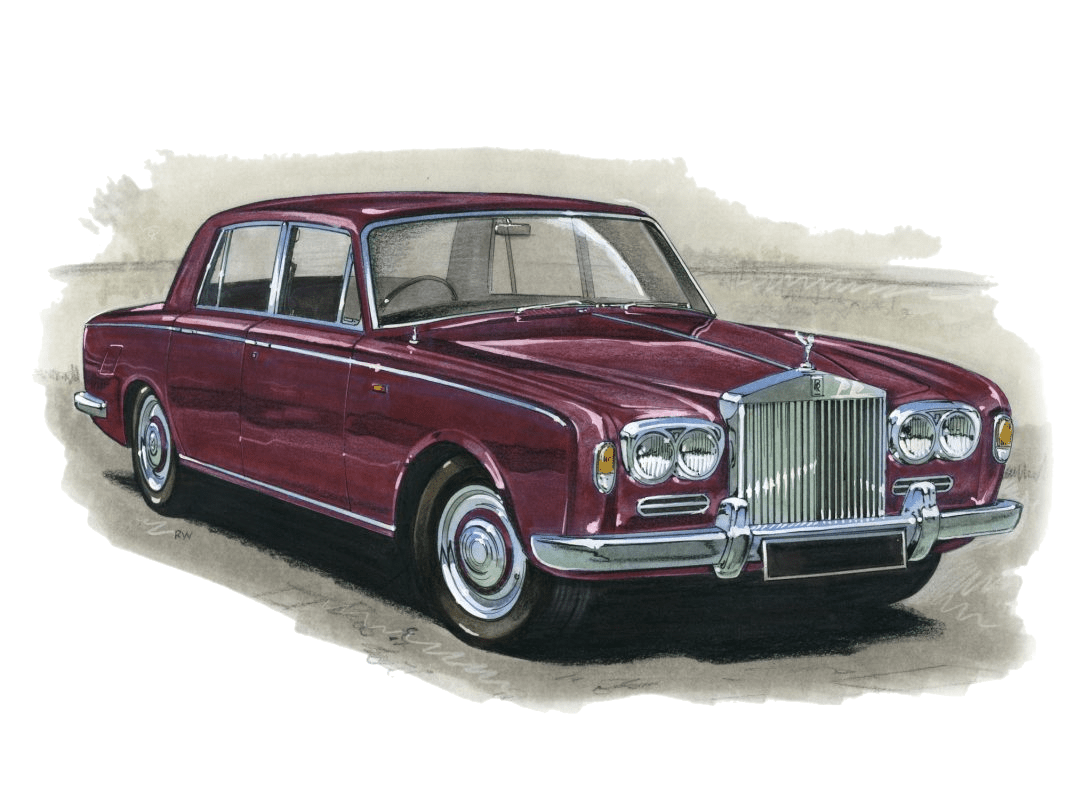
The Silver Shadow, a luxury automobile manufactured by Rolls-Royce from 1965 to 1980, was undoubtedly a symbol of elegance and refinement. However, like any other vehicle, it was not without its fair share of issues and challenges. Let’s delve into some of the common problems faced by Silver Shadow owners during its production years.
1. Electrical System Problems: One of the most notorious issues reported by Silver Shadow owners was related to the electrical system. These problems often manifested in faulty power windows, malfunctioning dashboard instruments, intermittent wipers, or even complete electrical failure. Complex wiring layouts and inadequate grounding were some underlying causes, which affected both early and later versions of the vehicle.
2. Hydraulic System Leaks: The Silver Shadow boasted a sophisticated hydraulic system that controlled various functions, including the height adjustment of the suspension, the power steering, and the braking system. However, it was notorious for hydraulic fluid leaks, which led to problems such as spongy brakes, a sagging suspension, or a non-responsive power steering. Regular maintenance and periodical inspection of hoses and connections were essential to prevent major issues.
3. Rust and Corrosion: Despite being built with good-quality materials, early Silver Shadows had some issues with rust and corrosion. Specifically, the steel sections of the body, especially the areas around the wheel arches, the lower doors, and the front wings, were susceptible to rust. Later models incorporated changes in the manufacturing process to address this problem, but owners of early versions were advised to apply anti-rust treatments regularly.
4. Cooling System Troubles: Some Silver Shadow owners experienced cooling system issues that resulted in engine overheating. These problems were often attributed to a malfunctioning radiator, a faulty coolant pump, or a blocked or partially obstructed cooling system. Regular radiator flushing, checking the thermostat, and maintaining proper coolant levels were recommended to avoid engine overheating.
5. Suspension and Steering: While the Silver Shadow was known for its remarkable ride quality, it was not immune to suspension and steering issues. Complaints about a bumpy ride, excessive body roll, or uneven tire wear were somewhat common. These problems were primarily caused by worn-out suspension components, such as the rubber bushes and shock absorbers. Regular inspections and replacement of worn parts were imperative for optimal performance.
6. General Maintenance Costs: Lastly, it’s important to note that the Silver Shadow’s upkeep could be quite expensive. Maintaining a luxury vehicle often requires specialized knowledge and genuine parts, both of which come at a premium. Additionally, the engineering complexity of the Silver Shadow meant that tasks like regular maintenance and repairs could be time-consuming, further raising the costs of ownership.
Despite these challenges, the Silver Shadow remains an iconic vehicle that has enthralled numerous enthusiasts over the years. Many owners have happily addressed these problems and have been rewarded with a truly remarkable driving experience.